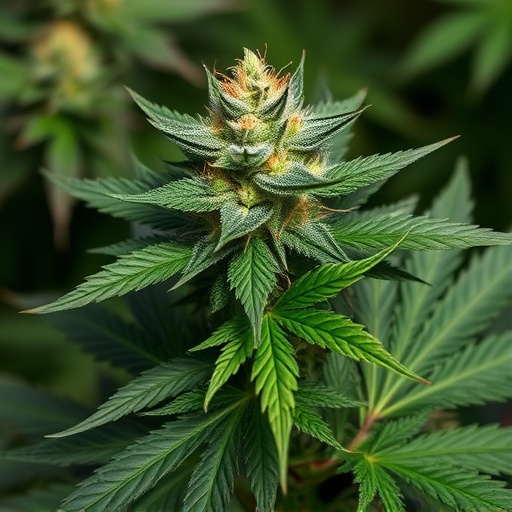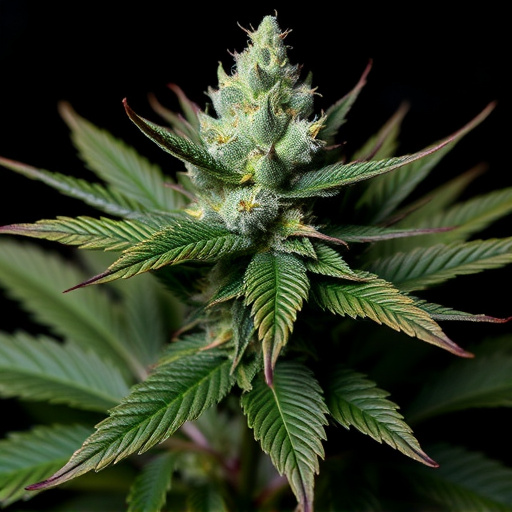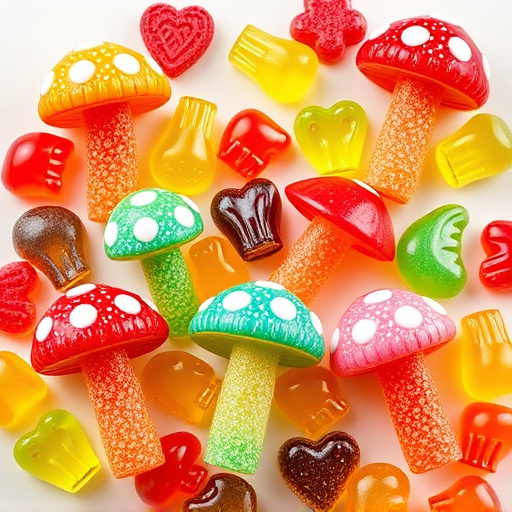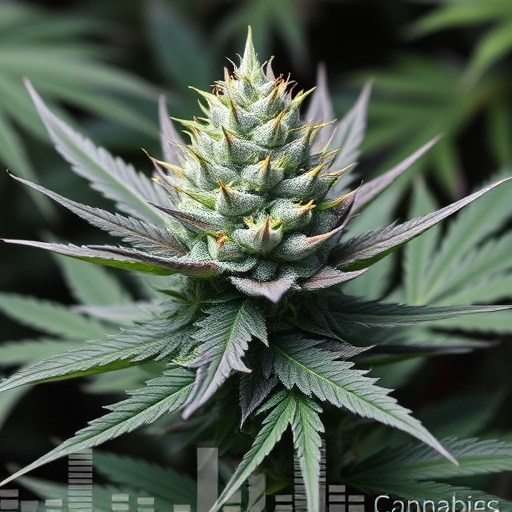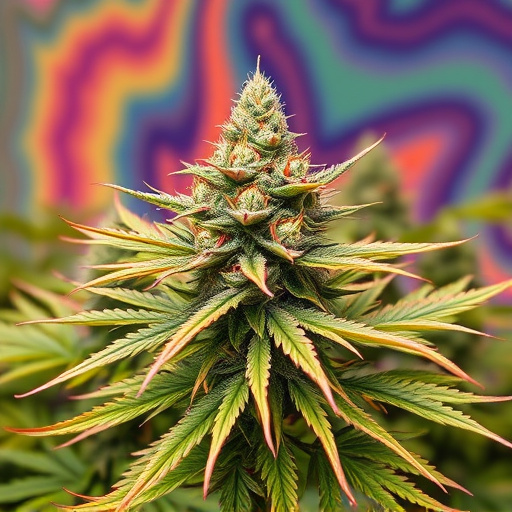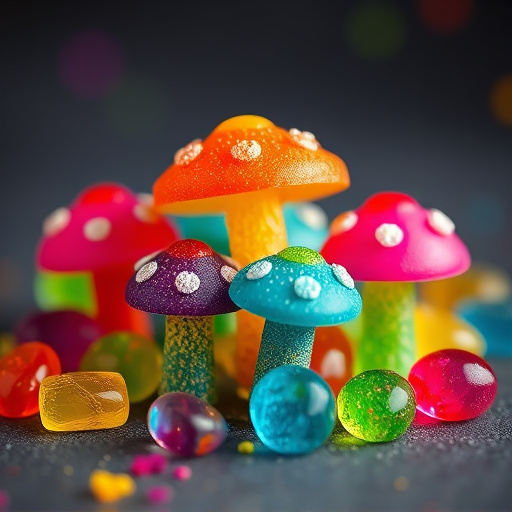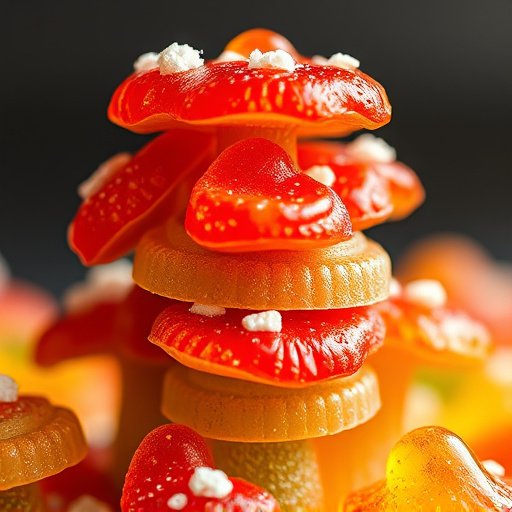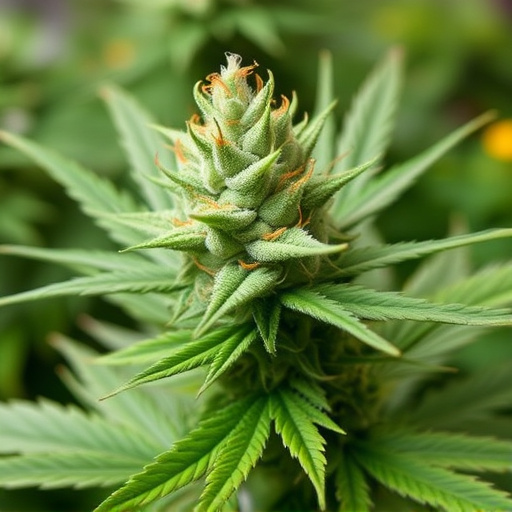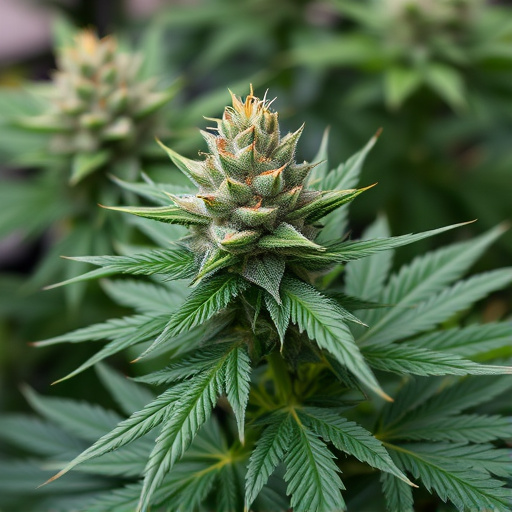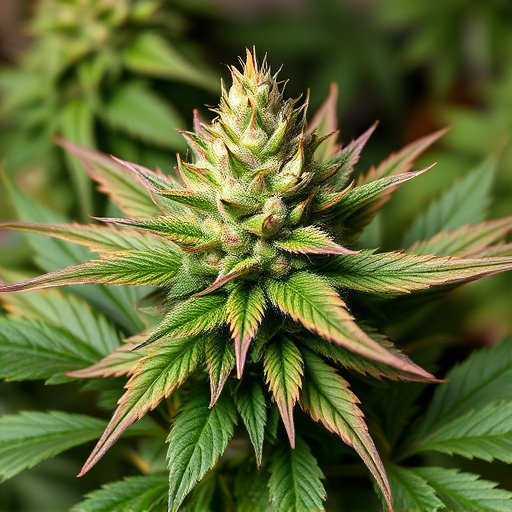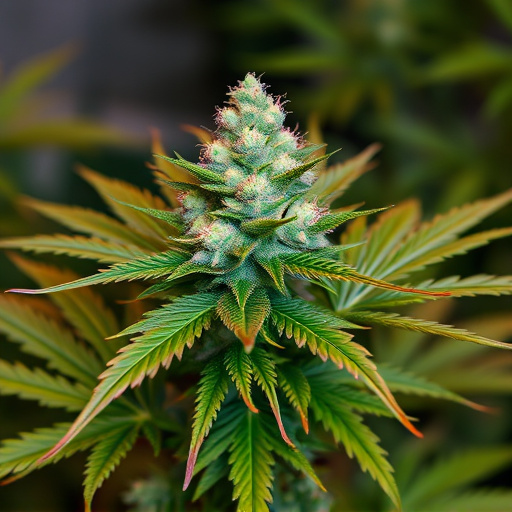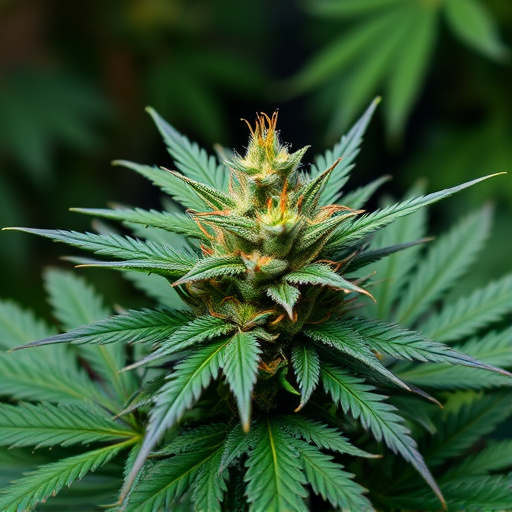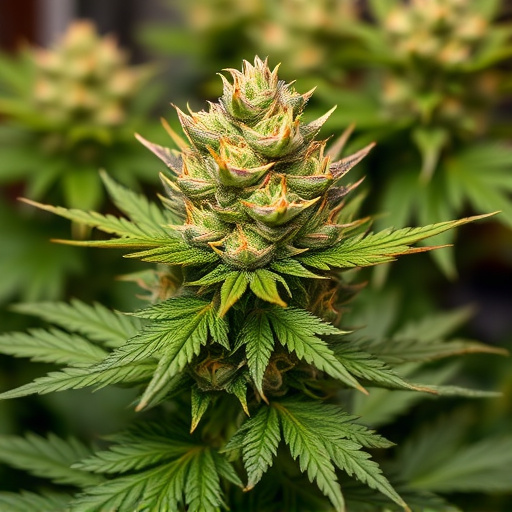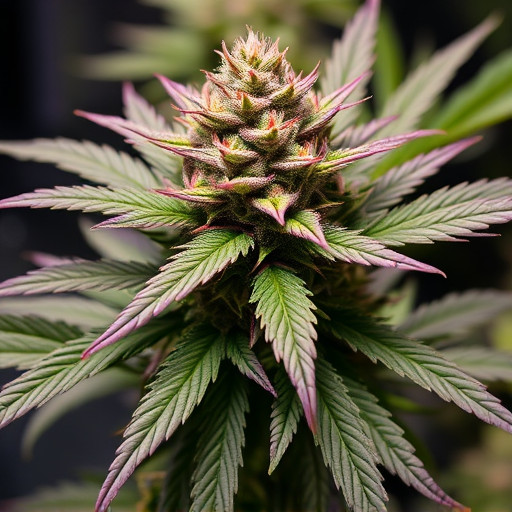The captivating colors of cannabis, from purplish-red to bluish, result from centuries of genetic evolution and selective breeding. Each color variant offers unique characteristics and cannabinoid profiles, influencing potential therapeutic benefits. These pigments are driven by light interaction, terpenes, and cannabinoids, creating visually appealing and scientifically fascinating strains. Environmental factors like light intensity, duration, and temperature also shape cannabis colors, contributing to the diversity of the best-looking cannabis strains available today.
Uncover the captivating secrets behind the vibrant hues that transform cannabis into a visually stunning spectacle. From the genetic makeup of these plants to the intricate interplay of terpenes and cannabinoids, every shade—purple, red, or blue—tells a unique story. This article explores the factors contributing to the development of the best-looking cannabis strains, delving into genetics, chemical compounds, and environmental influences that create the captivating colors adorning these remarkable plants.
- Understanding the Genetics of Cannabis Pigmentation
- The Role of Terpenes and Cannabinoids in Color Variation
- Environmental Factors Shaping the Best Looking Cannabis Strains' Colors
Understanding the Genetics of Cannabis Pigmentation
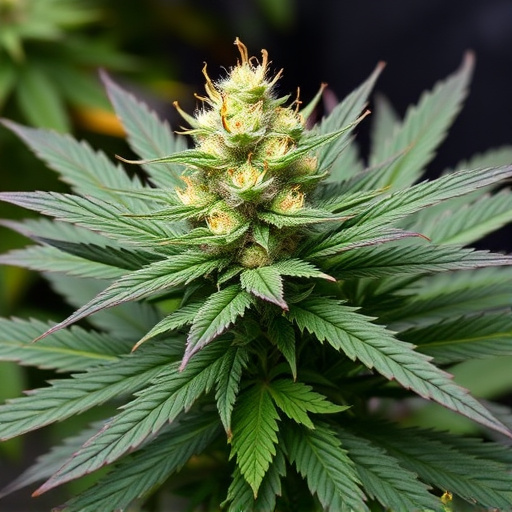
The vibrant pigmentation of cannabis plants, whether purplish-red or bluish, is a result of genetic variations that have evolved over centuries of selective breeding. Each color variant boasts its own unique set of characteristics and compounds, contributing to the diverse range of experiences associated with different cannabis strains.
Understanding these genetics is key to appreciating the best-looking cannabis strains on the market today. Cannabinoids like THC and CBD play a role in determining color, but it’s primarily the presence and interaction of specific pigments—anthocyanins and flavonoids—that give rise to the striking hues. These compounds not only influence appearance but also may offer distinct therapeutic benefits, making exploration of cannabis pigmentation both visually captivating and scientifically intriguing for enthusiasts seeking the most desirable strains.
The Role of Terpenes and Cannabinoids in Color Variation
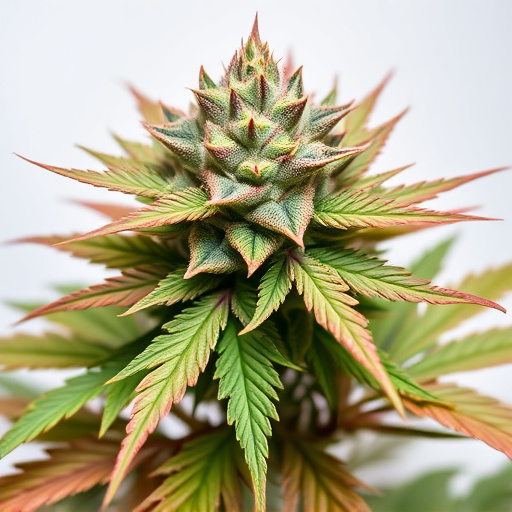
The appearance of cannabis flowers is a fascinating interplay of various chemical compounds, including terpenes and cannabinoids. These substances not only contribute to the unique aromas and flavors we associate with different strains but also play a significant role in the plant’s color variation. Terpenes, known for their aromatic properties, can influence the final hue by affecting how light interacts with the cannabis flowers. Certain terpenes have been linked to specific colors; for instance, myrcene is associated with red hues due to its ability to absorb blue light.
Cannabinoids, such as THC and CBD, also contribute to color differences. Research suggests that varying levels of these cannabinoids can result in distinct visual characteristics. The best-looking cannabis strains often showcase a vibrant blend of colors, from deep purples to rich reds and bright blues. This artistic display is not just aesthetically pleasing but also provides valuable insights into the potential effects and medicinal properties of different strains.
Environmental Factors Shaping the Best Looking Cannabis Strains' Colors
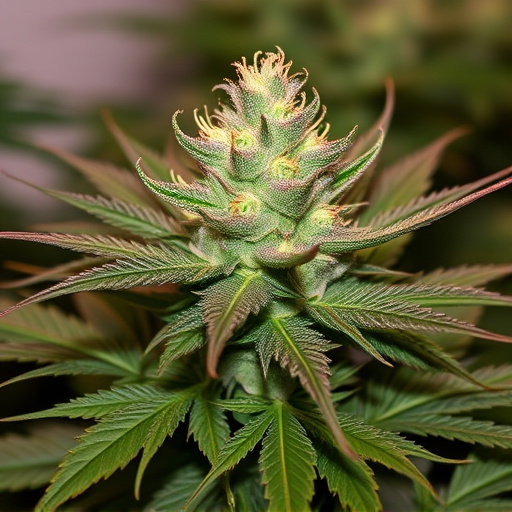
The colors of cannabis flowers are influenced by a range of environmental factors, which play a crucial role in shaping the appearance of the best looking cannabis strains. Key among these is light intensity and duration. Different spectrums of light stimulate distinct pigment production, leading to variations in hue and intensity. For instance, higher levels of blue light can enhance the production of anthocyanins, resulting in deeper blues and purples, while red light encourages the formation of carotenoids, contributing to reddish tints.
Temperature also plays a significant part, as colder conditions tend to intensify colors. This is why outdoor cannabis plants often display more vibrant shades compared to their indoor-grown counterparts. Additionally, nutrient levels in the soil or growing medium affect color development. Deficiencies or surpluses of certain nutrients can alter pigment expression, leading to unique and sometimes unexpected color combinations in the best looking cannabis strains.
In conclusion, the vibrant colors observed in purple, red, and blue weed are a result of complex interactions between genetics, terpenes, cannabinoids, and environmental factors. Understanding these elements is key to appreciating the diverse beauty of the best-looking cannabis strains, which often boast unique pigmentation as a hallmark of their quality and desirability.
